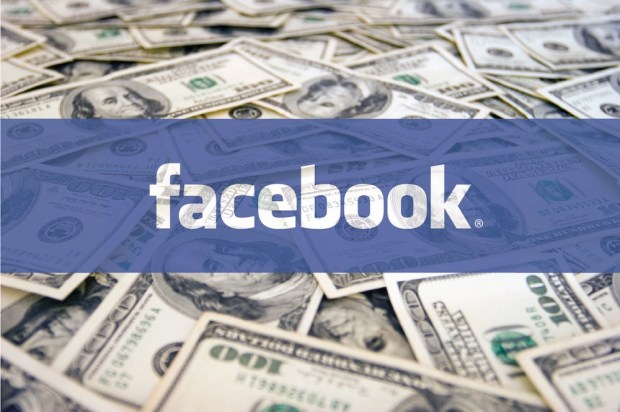Facebook Messenger: 33,000 Chatbots And Growing

Did you know there are more than 33,000 chatbots built through Facebook’s Messenger platform? That’s about the same number of fans that can quickly fill up Wrigley Field or Fenway Park.
And that’s just the number of chatbots on Facebook. That’s not including many of the chatbots mentioned in PYMNTS’ weekly Chatbot Tracker.
But whether you think 33,000 is a lot of chatbots or you’re unimpressed, think about how much you personally interact with chatbots.
Perhaps most of us don’t know we’re conversing with a chatbot — as each of these chatbots are crafted with an icon, a nickname and a personification aimed at interacting with humans on the most natural level possible.
It’s been six months since Facebook told the world it would help businesses add their own chatbot or virtual assistant to connect with the Messenger platform’s users.
More recently, Mastercard launched its own chatbot named KAI, allowing users to check the activity on their account. This isn’t the only chatbot the card company has.
“Mastercard’s move into chatbots is significant because it further validates the core value proposition of chatbots: scalable, one-on-one user engagements,” said Erez Baum, cofounder and CEO of Imperson, a conversation technology company. “It proves that brands and institutions across all industries are looking to chatbots as a way to engage with consumers on messaging apps, a growing medium where people spend a majority of their time.”
And Mastercard isn’t alone. More and more companies are adding chatbots to their sites and platforms for efficiency and customer service. Many of them are able to launch their bots through Facebook Messenger, which has been pushing to be a common communication platform since it launched. Big companies and startups alike have taken a liking to the concept already.
As PYMNTS reported, Burberry launched its Facebook Messenger chatbot, allowing consumers to watch its runway shows at London Fashion Week, browse images of the newly released apparel and even ask to interact with a human to make purchases.
Shopify’s online store platform is integrating with Sundown AI’s artificial intelligence platform named Chloe.
Royal Bank of Scotland (RBS) announced that it is launching a bot to answer customers’ questions more efficiently and online starting in December.
Of course, not every bot works seamlessly, such as the one Aceworkgear launched and aborted recently due to metrics and frustration. So, there’s even the question as to how to measure a bot.
And if you haven’t registered to vote, here’s your chance: Sign up via chatbot. HelloVote just launched its chatbot, allowing voters to register using SMS text or Facebook Messenger.
Regardless, you have to hand it to Facebook. The social media platform clearly knew the growing efficacy behind this communication method when it purchased more than a billion users strong WhatsApp for $19 billion.
That said, some users have complained that the bots are slow, clunky and are obviously not a real person, which lends to the frustration.
“There are growing pains,” Robin Chan, chief executive of Operator, a startup that makes shopping bots, told The Wall Street Journal.
And that may indeed be true. Facebook says the concept is still in its infancy, and that it would take about two years for these bots to really iron out the kinks. Obviously, the goal is for each chatbot to respond and produce a more-than-sufficient response and ultimately produce a high conversion rate for businesses.
In the meantime, follow the PYMNTS Chatbot Tracker to keep tabs on all the bots that continue to pop up in the payments world.
